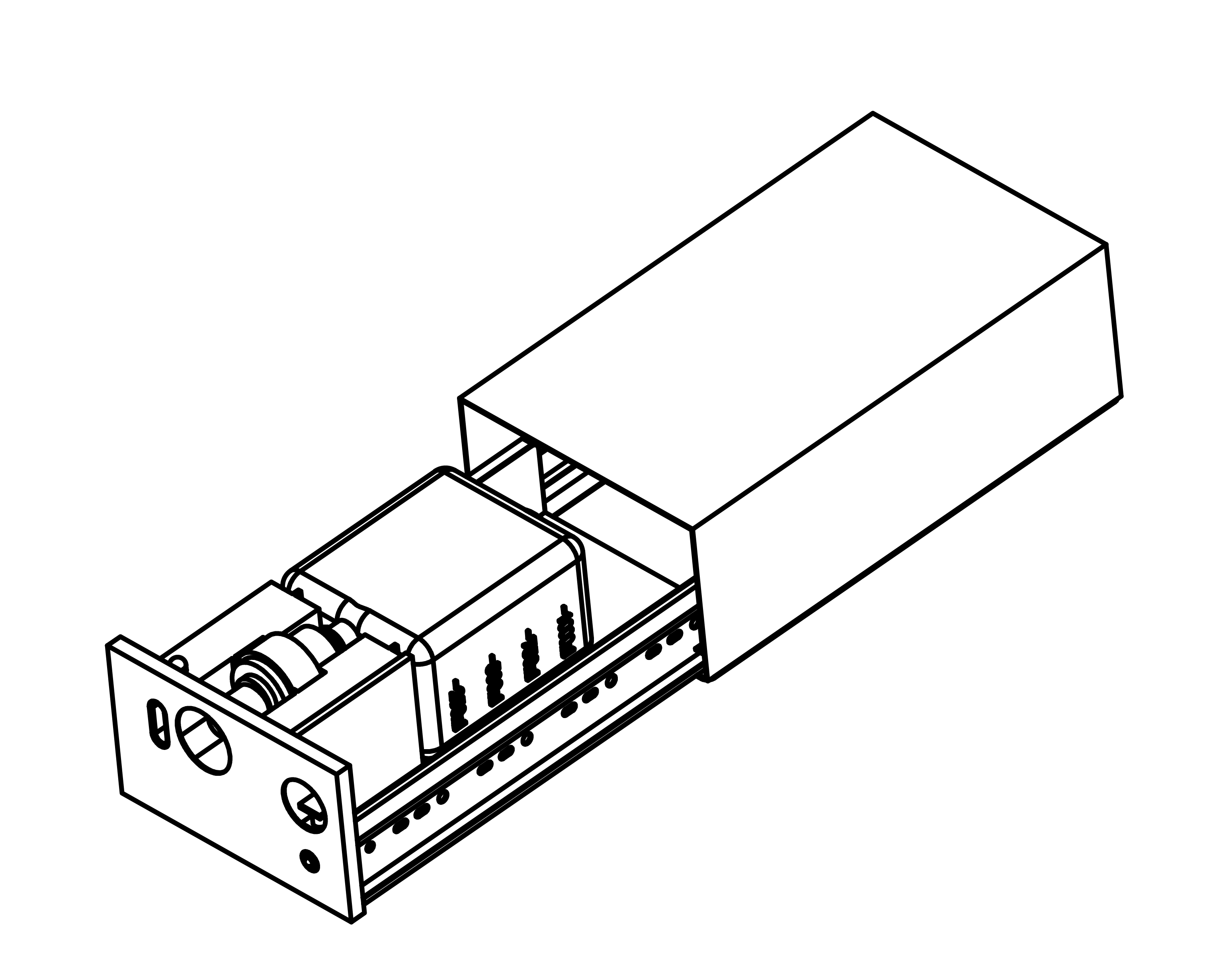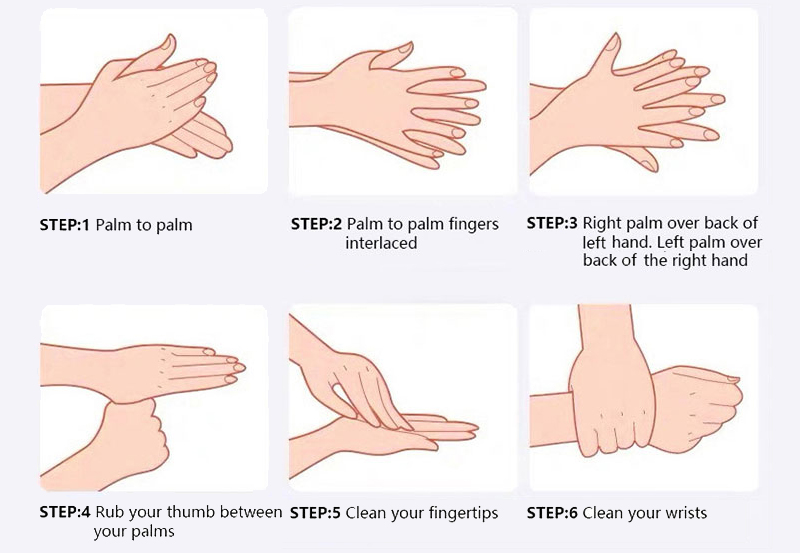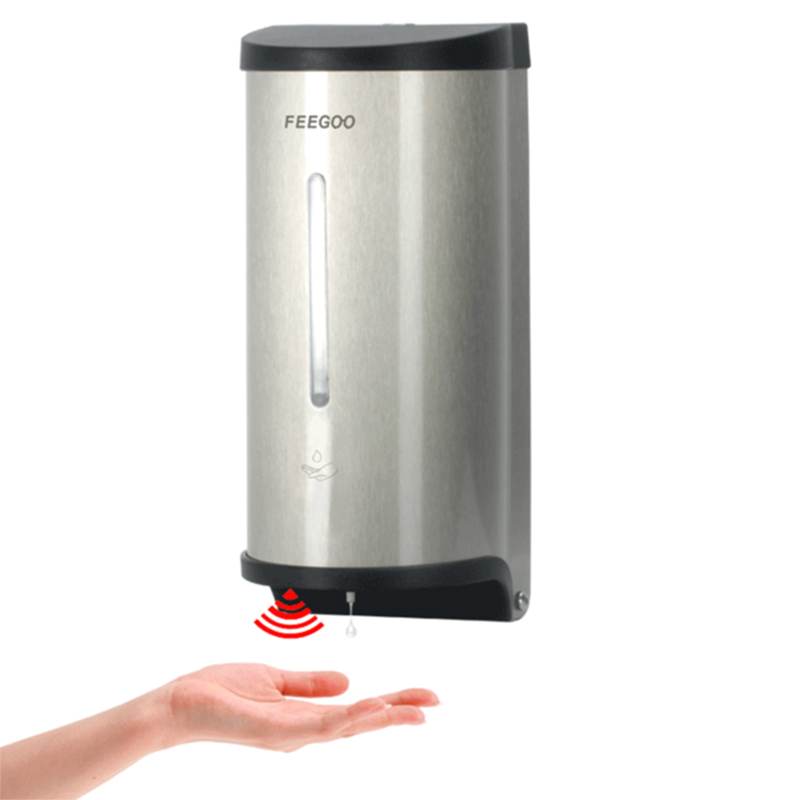Research has found that the average person’s hands carry 10 million bacteria! Hands are so dirty, but the emphasis on hand hygiene is not always there.
Hand hygiene proposed for the first time – rejected by hospital
In Europe more than 100 years ago, medicine was far less developed than it is now. Doctors did not even have the habit of washing their hands. They often went to deliver babies after dissecting corpses, which resulted in very high maternal and neonatal mortality rates.
Professor Ignaz Semmelweis, the father of hand hygiene, was commissioned to investigate this phenomenon and finally concluded that the prognosis of the mother is related to the hand hygiene of the birth attendant, requiring doctors to wash and disinfect their hands with bleach and water before delivering the baby. At that time, the relationship between bacteria and infection was not scientifically proven, and the above conclusions were collectively rejected by doctors. Not only that, but they also believed that Professor Ignaz Semmelweis was trying to confuse the public and damage the image of the doctor. In the end, the professor was sent to a mental hospital and tragically died. Hand hygiene is valued – from soap cleaning to touch-free disinfection
Until 1867, British surgeon Lister clarified the relationship between bacteria and infection based on the discovery of microorganisms by French microbiologist Pasteur, and hand hygiene has received attention since then! 100 years later, the United States began requiring medical staff to wash their hands with soap before and after receiving patients.
Today, with the development of intelligent technology, the hand disinfection of medical staff has also entered a new stage – the use of touch-free automatic induction sterilizers to disinfect hands. Many hospitals such as Union Medical College Hospital, Xiangya Hospital of Central South University, Zhejiang Provincial People’s Hospital, as well as pharmaceutical companies such as Kangenbei, Jiangzhong Pharmaceutical, Taibang Bio, etc. all choose to use Aike touch-free hand sterilizers as professional places. Hand sanitizer provides professional hygiene protection. Upgrading hand hygiene again – building hand-washing and drying areas around the world
While hospitals and other special industries have gradually increased their emphasis on hand disinfection, public places have also begun to pay attention to hand hygiene. One of the most notable changes is that public restrooms have begun to provide hand hygiene electrical equipment such as hand washing and drying.
In China, equipment such as hand sanitizer and hand dryer first appeared in the first batch of new public toilets in Beijing in 1985, and gradually became popular in the following 30 years.
In the post-epidemic era, contact-free is more hygienic. In order to make public restrooms, public places and the general public continue to pay attention to hand hygiene, Ike, who has been focusing on handwashing technology for 29 years, proposed a global joint construction of handwashing areas and hand drying areas, aiming to focus on hand dryers and automatic soap dispensers. The popularization and application of contact-free hand washing technology products such as hand sanitizers and hand sanitizers to maintain the health and hygiene of individuals and public places.
Paying attention to hand hygiene means cherishing health and cherishing life! Feegoo hand drying area has many advantages such as no contact during the whole process of hand washing, energy saving, environmental protection and paper reduction, intelligent heating and cooling air experience and many other advantages. It is an ideal choice for us to clean our hands in public places and maintain hand hygiene.
Post time: Mar-25-2022











